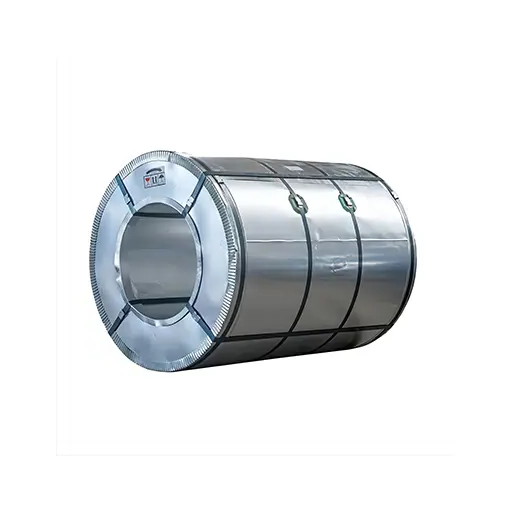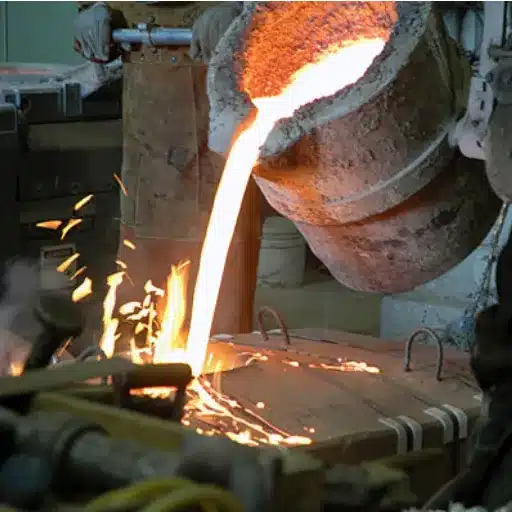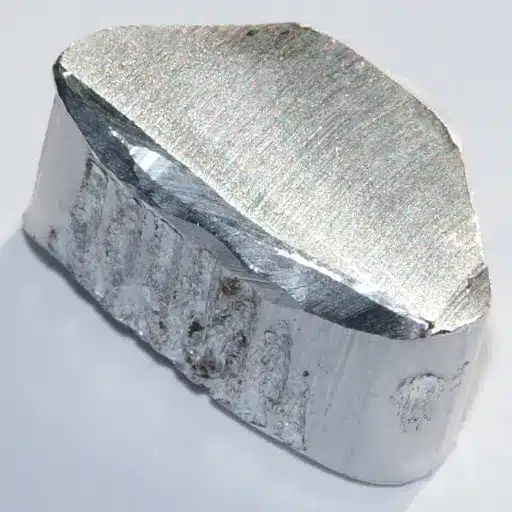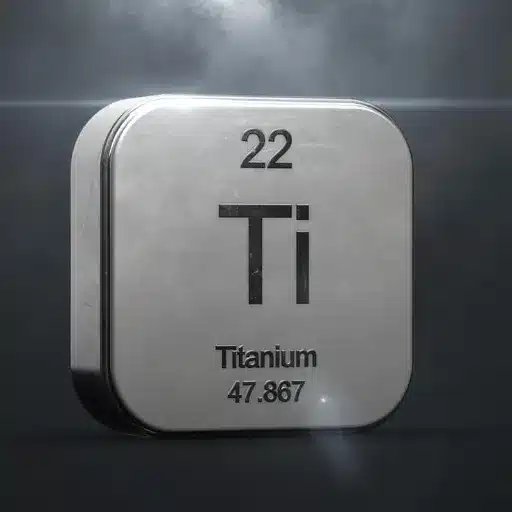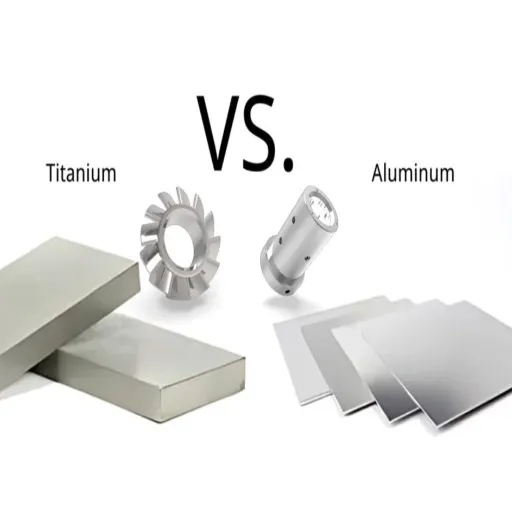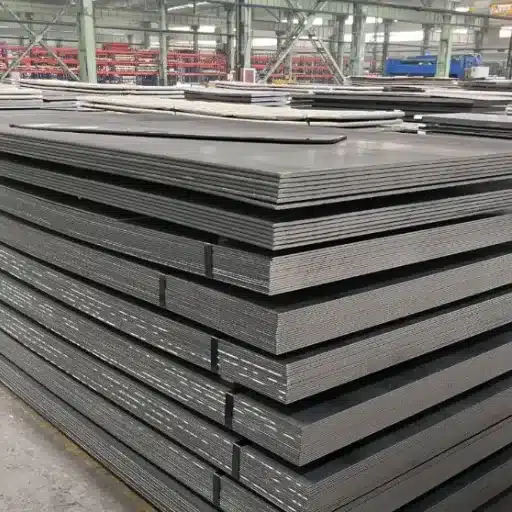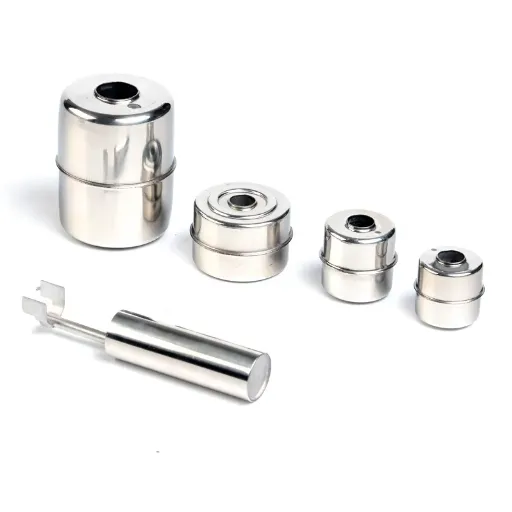Finding the right supplier for 201 stainless steel coils is crucial for businesses that rely on high-quality materials for their operations. With so many factories and manufacturers in the market, determining which one offers both superior products and reliable service can be a challenging task. This guide is designed to streamline that process for you. Whether you’re sourcing stainless steel coils for industrial, commercial, or specialized purposes, this article will provide essential insights into what makes a factory stand out in terms of quality, production capabilities, and customer satisfaction. By the end, you’ll have the knowledge needed to confidently choose the best supplier for your specific needs.
What is 201 Stainless Steel Coil?
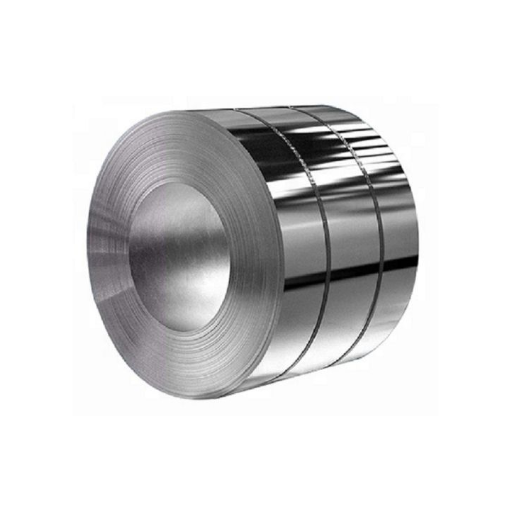
Understanding the Composition of Stainless Steel Coil
201 stainless steel coil belongs to the class of alloys that are composed of iron, chromium, nickel, and manganese, along with some other elements. It usually contains 16–18% chromium and 3.5–5.5% nickel, which is lower in nickel than some other stainless steel grades like 304. The amount of manganese present in larger proportions serves to offset the lowered nickel content, retaining the material’s resistance to corrosion and mechanical properties.
The unique composition gives 201 stainless steel its strength and resistance to oxidation, making it useful for a myriad of applications. 201 also does not perform as well as other grades when exposed to high salinity and extreme corrosion, which makes it unsuitable for some harsh conditions. Unfortunately, 201 is often moderately restricted for specific applications, especially where cost-efficiency is a priority.
Because of the favorable relationship between its strength, resistance to moderate corrosion, and cost, 201 stainless steel coil is used in the automotive, construction, and kitchen equipment manufacturing industries. For appliances such as cladding and structural supports, 201 is an excellent alloy due to its low price. Moreover, knowing the right elemental composition is crucial if the specific requirements of an application are to be met.
Comparing 201 with 304 and 316 Grades
It is important to look at the composition, resistance to corrosion, mechanical properties, and applications of 201, 304, and 316 stainless steels in comparison with one another. The economic features of grade 201 stainless steel are its lower cost in comparison to 304 and 316 due to lower nickel content. To offset this, 201 has greater amounts of manganese and nitrogen, which increases strength but decreases corrosion resistance, particularly in hot and humid or salty environments.
Grade 304 stainless steel is known as the industry standard due to its reasonable pricing, high resistance to corrosion, and solid mechanical properties. It is known to contain higher amounts of nickel and chromium compared to 201 which improves rust resistance, making it suitable for everything from household appliances to industrial piping. However, 304 is not as good as grade 316 in highly corrosive environments.
Molybdenum steel 316 is the most expensive grade. But its advantages in corrosive environments make it ideal for marine engineering and pharmaceutical manufacturing. It is best suited for ecosystems where seawater, aggressive chemicals, or acidiacally bothered due to its high resilience. Every grade serves its purpose and is selected based on cost and performance, which in turn determines the value of corrosion resistance.
How is Cold Rolled Stainless Steel Coil Manufactured?
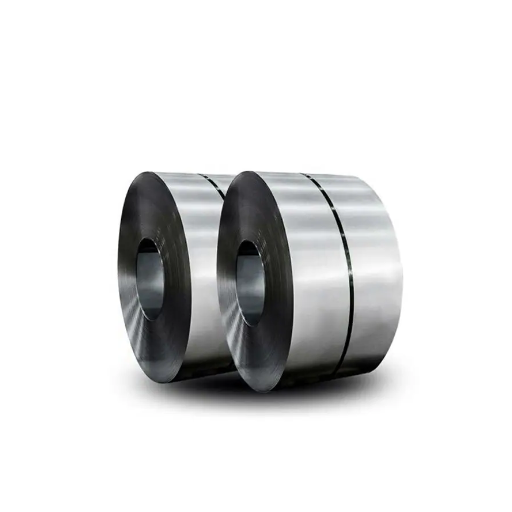
Step-by-Step Process of Cold Rolling
- Preparation of Raw Material: The first step involves picking the best hot-rolled stainless steel coils, which will form the basis of the work. To make these coils usable, their surfaces need cleansing, which involves descaling methods like pickling or shot blasting to clean the surface oxide layer to make them ready for further processing.
- Reduction of Thickness: The coarse surface stainless steel is run through a series of cold rolling mills. These mills will incrementally apply pressure to the individual pieces of steel, reducing the thickness to the requested measurement. This step not only achieves the required dimensions but also increases the material’s hardness owing to a phenomenon known as strain hardening.
- Annealing: Once the material has been cold rolled, it is subjected to annealing, which is a heat treatment to restore ductility and relieve strain by heating the material to a set temperature. The internal stress caused into the stainless has to be eased further. Controlled cooling will leave the stainless steel softer.
- Re-Pickling: A second pickling process is done after annealing to eliminate scale or discoloration caused during heat treatment. This achieves a uniform surface while retaining the combination of protective oxidized skin that is free of corrosion.
- Temper Rolling: The blended frame undergoes temper rolling, which completes the finishing pass to improve the surface condition, profile, and flatness of the surface. In this operation, the coil gains the required mechanical properties and surface finish for smooth applications.
- Coil Inspection and Finishing: In the end, the cold rolled coil goes through a complete check for the dimensions, surface, and mechanical properties about the clients’ needs and expectations. Also, during this phase, the coil is prepared for shipment, and depending on customer requirements, additional finishing processes like edge cutting, surface refinement, or leveling may take place.
Following these steps ensures the production of price optimized stainless steel coils of high precision cold rolled for demanding applications in many industries such as automobile, electric, and building industries.
Benefits of Cold Rolled Stainless Steel Coil
The benefits of cold-rolled stainless steel coils stand out as most valuable, making their use widespread and in demand. The surface finish cold cold-rolled steel coils is accentuated by the controlled rolling and finishing processes, effortlessly sharp and smooth. Moreover, the cold rolling procedure enhances the material’s mechanical properties, such as tensile strength and hardness. Deformation of the material under stress is more difficult, so thinner and lighter parts can be fabricated without compromising structural integrity.
The cross-section of cold rolled coils demonstrates uniform and precise thickness, excellent for zero defect measurement standards and extremes in the automotive and electronic industries. Moreover, the coils also exhibit better corrosion mitigation alongside advanced alloy compositions, ensuring endurance in harsh conditions. The strength, coupled with the lightweight construction of cold rolled stainless steel, also delivers energy savings in systems as transportation and construction, supporting sustainable development.
Cold rolled stainless steel coils stand out for their ease in forming and welding, increasing the flexibility regarding fabrication procedures. Applications demanding universal acceptance, permanent value, and dependability are best served with it, making it an essential asset in today’s manufacturing and infrastructure construction.
Challenges in Manufacturing Cold Rolled Coils
The production of cold rolled stainless steel coils involves intricate intricate processes that precision and sophistication technology to achieve the sought after results. Rolling creates tight dimensional tolerances as a challenge of its own. Uniformity flatness posed competing issues such as edge cracking during high-pressure steel deformation.
Manufacturing also suffers from striations and rouleau marks because smooth, polished surfaces require exhaustively monitored steps in the Lubrication, roll wear, cleaning stages. Product performance is severely impaired by defects, loss of appearance causing havoc with their defined.
Relying on robust machinery and tooling strengthens formed alloys, but puts them at risk of wear and stress. The cost related to operational efficiency, alongside energy-intensive cold rolling, also adds to the complications. Strained industrial standards and raw material regulations call for more precise monitoring systems, breach these standards, and a need for high automation to ease the completion of these challenges.
What to Look for in a 201 Stainless Steel Coil Supplier?
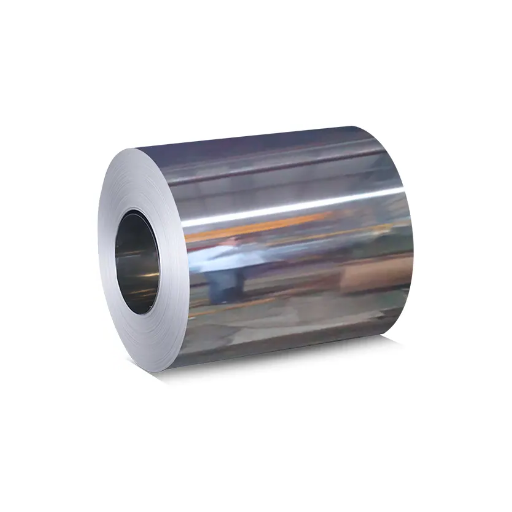
Importance of Corrosion Resistance in 201 Stainless Steel
Evaluating the corrosion resistance of 201 stainless steel is critical in industrial uses. The chromium content of 201 stainless steel, which is usually between 16-18%, aids in forming a passive oxide layer on its surface, which prevents environmental damage. This makes it especially useful for parts that undergo constant exposure to moisture, acidic materials, or salts in the marine, food processing, or architectural industries.
In comparison to stainless steel 304, 201 grade strikes a more economical balance by plating some of the nickel with manganese and nitrogen, which increases the grade’s cost efficiency. However, this approach comes with its challenges, including a change in performance under certain conditions. The reduced nickel portion makes 201 stainless steel more vulnerable to some localized corrosive activities like pitting, or crevice corrosion, and when coupled with high chloride concentration, becomes even more problematic.
Corrosion resistance testing, like ASTM G48 for pitting or electrochemical critical pitting temperature (CPT) analysis, can also provide a material’s fitness for purpose verification. These precautions satisfy practical performance expectations while ensuring the desired lifespan of the structure, thereby reducing expenditures and maintenance efforts in the long run.
Choosing Between Factory Direct and Intermediaries
Deciding whether to source materials or products from a factory or an intermediary poses a significant challenge, grounded on various operational, logistical, and financial factors. Cost savings are often realized through factory-direct procurement as middleman fees are eliminated. In addition, communication with the manufacturer is more direct. This line of communication assists in production customization, lead time, and quality control. However, factory direct procurement also involves higher minimum order quantities (MOQs) and having to navigate complex international logistics, including import duties, shipping, and compliance with local regulations.
Alternately, intermediaries help in managing logistical challenges which provide a layer of convenience. They often have lower MOQs and existing inventory, which provide faster fulfillment, and already established relationships with manufacturers which allows them to get better pricing for smaller clients. These services, however, are not without costs as they cut into per unit manufacturing cost. Done through indirect communication channels, resolving technical or quality issues often suffers from delays.
In making an understanding decision, a business should assess carefully its budget limitations, expected production quantities, quality control measures, and the level of intricacy involved in managing the supply chain. Smaller firms, or those with limited logistical know-how, may deal with intermediaries as these could prove the most beneficial. On the other hand, larger firms with the required infrastructure and size can take advantage of factory direct sourcing and realize substantial savings while simplifying their processes.
Why Choose Hot Rolled Stainless Steel Coil?
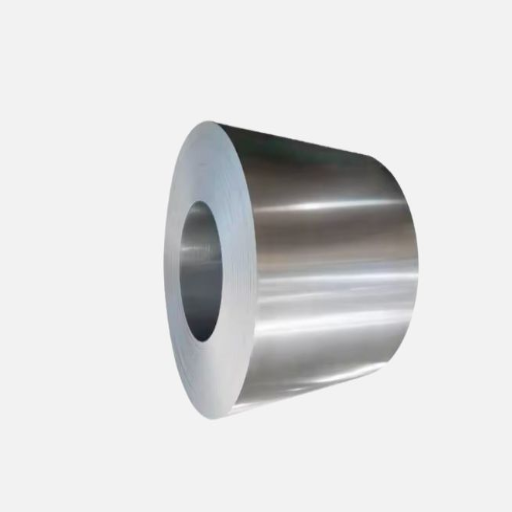
Advantages of Hot Rolled Stainless Steel Coil
The benefits of hot rolled coils make this product a favourable option for various industries. First of all, the hot rolling inclusively improves the ductility and malleability of the material, making it less complicated to work on during fabrication and forming processes. Hot rolling resonates with. This feature especially comes in handy in sectors needing custom parts or intricate designs. On top of that, hot rolled coils have rougher surface finishes than cold rolled ones, which makes hot rolled coils better for coating and paint adhesion.
The other equally important consideration is the width and thickness of hot-rolled stainless steel coils, which is more substantial than other types. This is cost-effective for initiatives requiring large amounts of materials. Other mechanical attributes of hot rolled stainless steel coils include their strength and wear resistance, which ensure these will outlast even the most demanding applications, like as bridges, heavy machinery, pipelines, etc. In addition, the roughened scaling caused by oxygen exposure during the hot rolling stage boosts available protection against corrosion, making these perform better in harsh to moderate outdoor conditions.
The increase in global usage of hot rolled stainless steel coils, especially in the automotive and construction industries, owing to the relatively lower costs and material benefits. This trend represents the emerging appreciation of the versatility of the material in various industries.
Comparing Hot Rolled and Cold Rolled Processes
The basic difference between the processes of hot rolling and cold rolling is the temperature of the workpiece. In hot rolling, the steel is hot worked above the material’s recrystallization temperature which is generally more than 1,700°F. This guarantees that the steel is sufficiently ductile for working and internal stresses are minimized. However, the dimensions and surface finish of this product is less accurate because of additional cooling and some shrinkage.
In contrast, cold rolling is done at room temperature or below the recrystallization temperature. During this process, the amount of force is increased in order to reduce the part dimensions which improves the surface. Hence, cold rolled steel is used in goods where shaft precision and surface smoothness is needed, such as automotive body parts and household appliances.
Recent metallurgical research shows that hot rolled steel is cheaper for use in large structures, while more cold rolled steel is expensive because of its better visuals as well as aesthetics. Understanding the technical and economic reasoning behind each method helps the industry take the right approach designed for their specific needs. This comparison also shows the competing considerations that industries measure, including costing, the intended use of the product, and performance indicators.
Applications of Hot Rolled Stainless Steel Coil
The hot rolled stainless steel coil is not only cost effective but also durable and structurally strong which makes it highly sought after for various purposes. It is mainly used in construction where beams, columns, and other structural parts for buildings and infrastructure are manufactured. It is ideal for these kinds of uses as it can endure heavy loads, and extreme weather.
Transport services make good use of hot rolled steel too, for making automotive frames, railway tracks, and shipping containers. The material’s strength and resistance to wear means it will last a long time, even under severe pressure or erosion. Besides these, it is also used in the energy sector for wind turbine towers and pipelines transporting oil and gas. Their durable structure enables them to withstand high pressure and corrosion when properly treated.
At last, hot rolled stainless steel coil is commonly used in the production of agricultural, mining, and heavy machinery equipment. The material’s versatility in shape and thickness during the rolling process is useful in meeting distinct industrial needs. The combination of these characteristics, alongside its moderate cost, makes hot rolled steel an essential material in countless industries for enduring and dependable solutions.
How to Ensure the Best Prices for 201 Stainless Steel Coil?
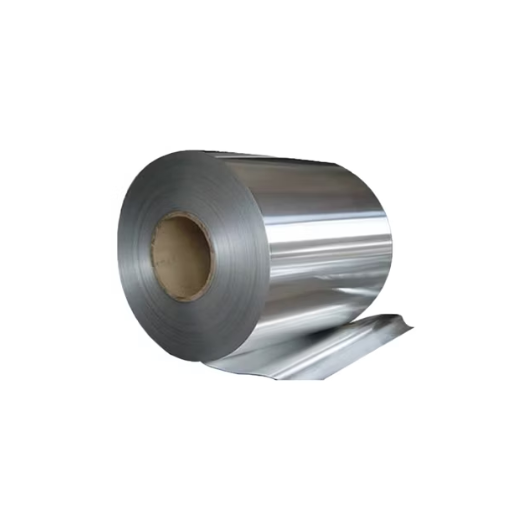
Factors Affecting the Pricing of Stainless Steel Coils
The pricing on coils of stainless steel and 201-grade stainless steel is determined by the market, cost of raw materials, and operational considerations.
- Market Price of Nickel and Chromium: The strength of nickel and chromium lies in stainless steel’s ability to resist corrosion. The manufacturing processes used to create coils of stainless steel are heavily dependent on the supply and demand of nickel or chromium. Manufacturing costs escalate during times of high market demand leading to increased supply constraints. This further adjusts the pricing flush with the actual product for the client.
- Energy Costs: Electricity and natural gasses are two of the most common resources with higher demand than supply. All thermal processes including melting, casting, and rolling are done on stainless steel which makes its production energy intensive. Other sources of energy, including hydroelectric power increase due to strangle holding manufacturer services. Adjusted operational expenses increases the cost of stainless steel coils.
- Tariffs and Import Duties: Some countries have policies which increase regional and international pricing by imposing tariffs and import duties. These mercantile restrictions flag countries with high tolls as regions which yields decreased value due to dependent heavily relying on imported materials.
- Supply Chain Management: It is important to note that transportation and logistics are part of the operating expenses that impact pricing. Stainless steel coils may incur higher costs due to challenges such as shipping delays and disruptions in supply chains. Businesses operating under a strong supply chain management policy have a better competitive advantage for price consistency.
- Market Supply and Demand Economics: Activities in construction, automobile manufacturing, and consumer goods manufacturing directly influence the demand for stainless steel coils and drives it. Economic growth and other positive fiscal activities tends to increase demand placing further upward pressure on prices. Economic recession tends to soften demand and, in turn, prices.
- Advancements in Technology and Manufacturing Processes: Employment of more technologically integrated manufacturing processes such as automated production lines and waste reduction systems can mitigate price increases, as overall production costs are greatly affected. Highly competitive markets are always best served by investment in modern technology, and they are the companies that retain greater price flexibility.
- Cost-Effective Methods of Logistics and Transportation: The regions with easy access to raw materials and processing plants ultimately determine the acquisition and transportation costs. Areas that are well-resourced with the components required to manufacture stainless steel will have lower pricing volatility.
Grasping these reasons enables buyers and market players to evaluate both current conditions and prospective pricing for stainless steel coils. Real-time market data in conjunction with thorough analysis of these variables is essential for accurate predictions, which ultimately impacts procurement strategy design.
Understanding Market Trends for 201 Stainless Steel
The market for 201 stainless steel is intricately connected to raw material prices, global demand-supply relations, and shifts within secondary industries like automotive, construction, and consumer goods. The pricing volatility of 201 stainless steel is, in part, triggered by the raw material tiers, especially the more expensive ones like nickel and chromium. The price structure of nickel, driven by mining output, geopolitical events, and inventory levels, has a significant impact on the 201 stainless steel cost structure.
Demand from rapidly industrializing countries, for example, parts of Southeast Asia, is an example of where consumer need is driving change. The construction and infrastructural activities in these regions are utilizing 201 stainless steel more and more because of its price competitiveness and resistance to rust. On the other hand, the growing factory production and continuous advancements in technological processes are improving supply and slowly doing the same for prices.
Other than the already mentioned factors, the global shift towards eco-friendliness is shaping the market. There is added pressure on manufacturers to use environmentally friendly initiatives while producing stainless steel, so there will be manageable, sustainable outcomes in the future, even if these changes raise costs in the short run.
References
-
Zhejiang Zhongzheng Stainless Steel Manufacturing Co., Ltd.: A trusted manufacturer specializing in high-quality stainless steel pipes, coils, fittings, and flanges. They emphasize advanced production techniques and strict quality control.
-
Aoxing Cold Rolled Stainless Steel Mill: A leading supplier of 201 stainless steel coils, known for their high-quality manufacturing processes.
-
NKS (National Kwikmetal Service): A premier provider of 201 stainless steel coils in North America, offering slitting services and consultations.
Frequently Asked Questions (FAQ)
Q: What should I look for in a 201 stainless steel coil manufacturer and supplier?
A: When choosing a 201 stainless steel coil manufacturer and supplier, consider their reputation, production capabilities, quality certifications, and customer reviews. It’s also important to check if they provide a comprehensive range of products, including cold rolled and hot rolled options, and whether they can meet your specific requirements for AISI 201 or other grades.
Q: What are the main applications of 201 grade stainless steel?
A: 201 grade stainless steel is commonly used in applications requiring high strength and corrosion resistance. It’s ideal for manufacturing kitchenware, decorative trims, automotive parts, and architectural structures. Its cost-effectiveness and availability in various forms, like stainless steel strips and sheets, make it a popular choice.
Q: How does 201 stainless steel compare to 304 stainless steel?
A: The main difference between 201 and 304 stainless steel is their nickel content. 304 stainless steel contains more nickel, providing better corrosion resistance and formability. In contrast, 201 stainless steel is more affordable and suitable for less demanding environments where corrosion resistance is not as critical.
Q: What are the mechanical properties of 201 stainless steel?
A: 201 stainless steel offers good mechanical properties, including high tensile strength and toughness. It is an austenitic stainless steel with good corrosion resistance and is available in both cold-rolled and hot-rolled forms. Its mechanical properties make it suitable for various industrial applications.
Q: Can 201 stainless steel be used for high-temperature applications?
A: 201 stainless steel is not recommended for high-temperature applications due to its lower chromium and nickel content compared to other grades like 316L stainless steel. If high-temperature resistance is required, consider using grades with higher chromium and nickel content.
Q: What is the difference between cold rolled and hot rolled 201 stainless steel?
A: Cold rolled 201 stainless steel is processed at room temperature, resulting in a smoother finish and more precise dimensions. It offers better strength and surface quality compared to hot rolled options, which are processed at higher temperatures and typically have a rougher finish.
Q: How can I ensure the quality of 201 stainless steel sheets supplied by manufacturers?
A: To ensure quality, verify the manufacturer’s certifications and compliance with international standards like ASTM A240. Request test reports for mechanical and chemical properties, and consider conducting third-party inspections if necessary. Reliable suppliers should provide detailed product specifications and quality assurance guarantees.
Q: What are the benefits of using 201 stainless steel coils from suppliers in China?
A: Suppliers in China offer competitive pricing and a wide variety of 201 stainless steel coil products. Many Chinese manufacturers have advanced production facilities and adhere to international quality standards. Additionally, they often provide flexible shipping options and customized solutions to meet specific customer needs.
Q: Is 430 stainless steel a suitable alternative to 201 stainless steel?
A: 430 stainless steel, a ferritic stainless steel, offers good corrosion resistance and heat resistance, making it suitable for certain applications. However, it lacks the formability and strength of austenitic grades like 201 stainless steel, which may limit its use in more demanding applications.

